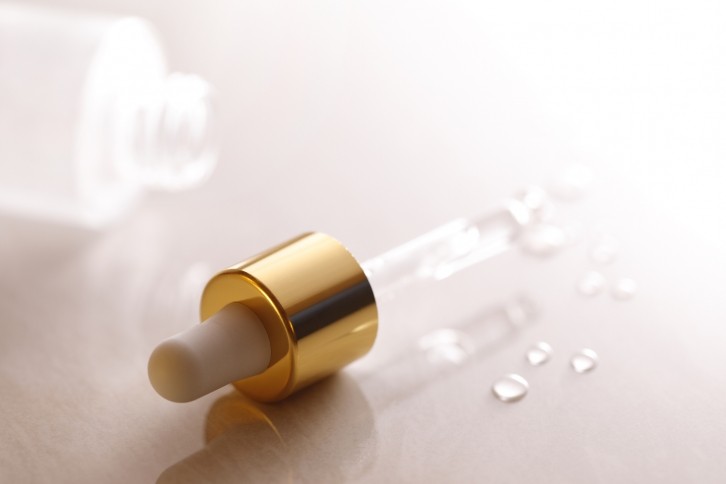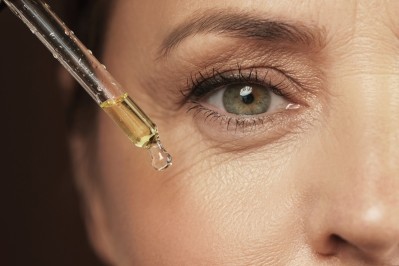Exploring EU regulations: Mineral oil in cosmetics

Mineral oil, a clear, odourless liquid, is sourced as a byproduct of the petroleum industry. It’s been a common ingredient in cosmetic and personal care products for decades and is also known as paraffin oil, liquid petrolatum, or white mineral oil.
Due to its moisturising and skin-barrier protective properties, mineral oil is found in various skin care formulations, such as lotions, creams and lip balms. It forms a thin, protective barrier on the surface of the skin, which helps to lock in moisture and prevent water loss, resulting in skin that feels soft and smooth.
As it’s mild and gentle on skin, it’s also frequently used in baby products such as baby oils and creams.
Must adhere to EU purity standards
In the European Union (EU), the use of mineral oil in cosmetics is subject to extremely stringent regulations to ensure purity and consumer safety.
According to regulatory consultant at regulations and testing company CE.Way, Taja Plut, the EU tightly regulates the use of mineral oil in cosmetics to ensure product safety and protect consumers. “The safety assessment of cosmetic ingredients is overseen by the Scientific Committee on Consumer Safety (SCCS), which evaluates potential risks associated with their use,” she explained.
“Cosmetic products are subject to the Cosmetic Regulation (EC) No 1223/2009, which establishes safety requirements, including concentration limits for certain substances, to safeguard the well-being of consumers.”
Plut explained that when used in cosmetics, mineral oil, must adhere to the purity standards set by the EU. “Only highly refined and purified forms are permitted, and any impurities that could pose a risk to human health are strictly regulated,” she said.
Indeed, the EU mandates that for cosmetic use, the full refining history of the petrolatum must be known and proven to be non-carcinogenic.
However, in some other global markets, such as the US, petrolatum is not always the fully refined ‘white petrolatum’ that is used in European cosmetics.
According to US-based advocacy organisation the Campaign for Safe Cosmetics (CSC), this means that some mineral oils in the US market can potentially be contaminated with chemicals called polycyclic aromatic hydrocarbons (PAHs), which the National Toxicology Program (NTP) considers as a "class to contain reasonably anticipated carcinogens.”
The CSC therefore advises that in the US market, consumers: “avoid products with petrolatum, unless the company clearly indicates petrolatum is fully refined as white petrolatum (on the label or their company website).”
Potential environmental impact
While mineral oil is tightly regulated and generally considered safe for use in cosmetics in the EU, there have been debates and concerns in the beauty and wellness community regarding its potential environmental impact and its occlusive nature.
Some skin care experts have stated that it can block pores and cause skin conditions such as acne and perioral dermatitis.
As a result, some cosmetics companies have opted to use plant-based alternatives instead, such as jojoba, castor, olive, coconut, avocado and grapeseed oil for a more sustainable approach. These have large molecules and naturally occlusive properties like mineral oil, but without being petrolatum derivatives.
“As consumers become more conscious of the ingredients in their beauty products, the industry is witnessing a shift toward cleaner, more sustainable formulations,” shared Plut.
However, she pointed out that mineral oil remains a widely used and well-regulated ingredient in cosmetics in the European Union. “The strict safety standards set by regulatory bodies ensure that only highly refined and purified forms of mineral oil are utilised in cosmetic formulations,” she said. “As with any cosmetic ingredient, individual preferences and skin sensitivities vary, and consumers are encouraged to make informed choices based on their unique needs.
“The evolving landscape of cosmetic formulations reflects a growing demand for transparency, sustainability, and alternatives, prompting the industry to explore innovative solutions that cater to diverse consumer preferences,” she concluded.






















